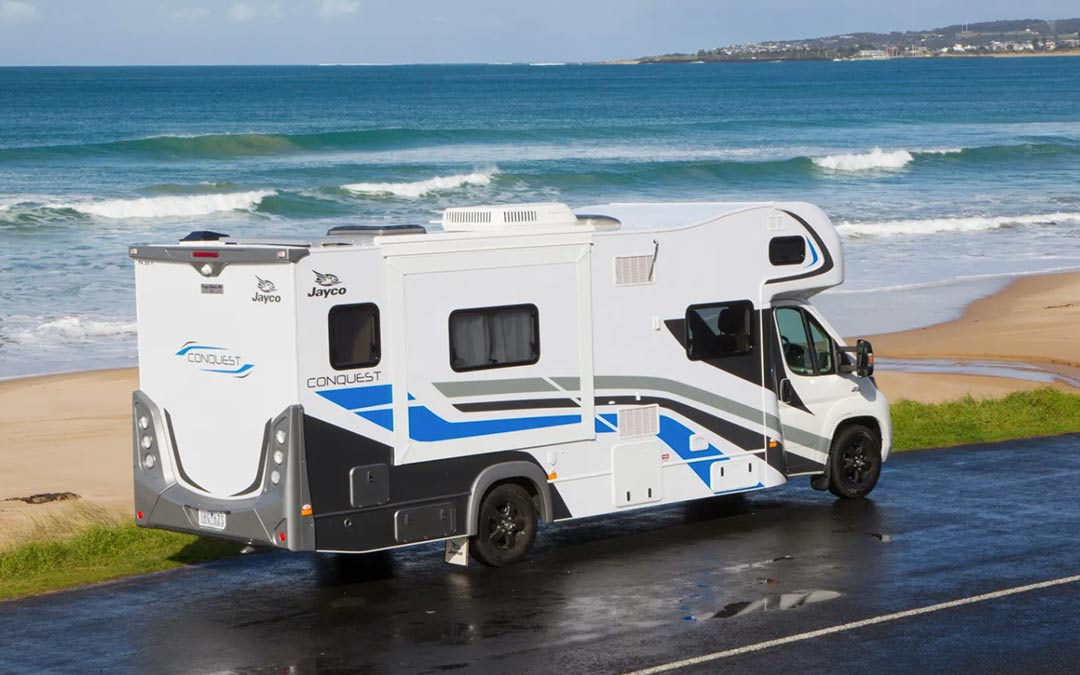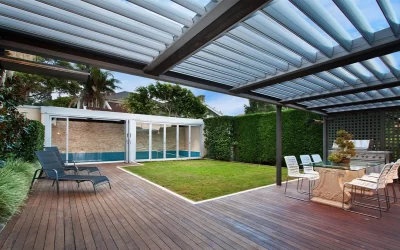The use of composite materials in the RV Market provides many benefits – saving of weight, speed assembly, aesthetic improvement, diminishing of warranty service and promotion of sales.
Composites Fibreglass International delve into the use of composite materials in the RV market, explaining the benefits and emerging trends for the use of such materials.
Whether referring to pop-up campers hitched to passenger cars, large trailers towed by heavier vehicles, or self-propelled luxury motor homes, those who manufacture them are keen to take the weight out of recreational vehicles (RVs). But unlike passenger cars and commercial trucks, companies who manufacture RVs aren’t motivated so much by pending fuel economies and/or greenhouse-gas emissions mandates.
Instead, the impetus for reducing weight has two other rationale. First, every kilogram of mass removed is another kilogram of consumer comfort items (e.g. big screen televisions) that can be added without necessitating that the RV be pulled by a vehicle with a larger towing capacity. Secondly, with the goal being an overall lighter RV, the primary aim is to power or pull that RV with a less expensive drive train or tow vehicle that uses less fuel, to minimise the consumer’s cost of owning the vehicle.
After mass reduction, the next obstacle to overcome is to reduce RV post-sale maintenance. RVs, especially the larger ones, are rarely garaged. They’re parked outside in all weather conditions. The issue then, some industry insiders say, is not if water damage will occur, but when. Some sources report that it can cost an RV manufacturer as much as $10,000 AUD to remove and rebuild a wall on a large RV, so as a preventive measure, RV manufacturers are eliminating wood products commonly used in sidewalls and floors, which are prone to swelling from heavy water damage.
Another issue is the need to improve curb appeal and weather resistance. Although RV industry expectations for exterior aesthetics are not yet as demanding as automotive Class A standards, suppliers report that they have been asked over the past decade to upgrade the weather resistance and UV stability of their fibreglass-skinned products. In today’s market, a too-limited term for what is available.
Lastly, automated and innovative production processes are reining in the cost of composite components and producing parts that can be incorporated more efficiently into the largely hand-built RVs.
How Are Composite Materials in the RV Market Used?
RV panels are preferably being made with composite materials rather than metal or wood. Weight reduction is the key requirement of RV OEMs which gives an extra room to OEMs to take the comfort of consumers to the next level by adding more luxury items. Although the price of composite panels is higher, these panels are marking greater penetration in the transport and automotive industry as OEMs are gradually abolishing wood panels for floors and sidewalls, which are prone to damage or moisture intrusion.
Based on the application type, the market in RVs is segmented as Sidewall Panel, Slide-out Panel, Roof Panel, and Floor Panel. Sidewall panel is expected to remain the most dominant application in the market over the next five years, whereas floor panels are likely to be the fastest-growing application during the same period. There are different composite materials and designs of panels for different applications in RVs.
Emerging Trends for Composite Materials in the RV Market
The next few years for the composites market are going to be more vigorous with attractive growth opportunities in the entire ecosystem of the market. Organic growth in the manufacturing of RVs supported by growing outdoor participation activities and conversion of tent participants to RV enthusiasts is the prime growth driver of the market. An incessant shift from traditional wood panels to composite panels in RVs is aiding additional growth in the market, ultimately forcing the segment to grow at an above-industry growth rate in the foreseeable future.
In camping, recreational vehicle activity represents one of the major outdoor activities, especially in the European and North American countries. RV campers have been increasing progressively as the activity enables campers to move freely to any destination at any time. RV vehicles include camping vehicles, either motorhomes or large trailers towed by trucks.
Contact Composites Fibreglass International Today
Composites Fibreglass International is a privately owned and operated company, we source our raw materials globally through our network of trusted and prestigious suppliers to bring specialised products and the latest technologies to our customers. Composite Fibreglass International have been operating in the Asia region and with global suppliers for over 50 years. We have a strong network of professional minded people who are as devoted to the composites market as we are. Call us here or contact us today to mind out more information about composite materials in the RV Market.



